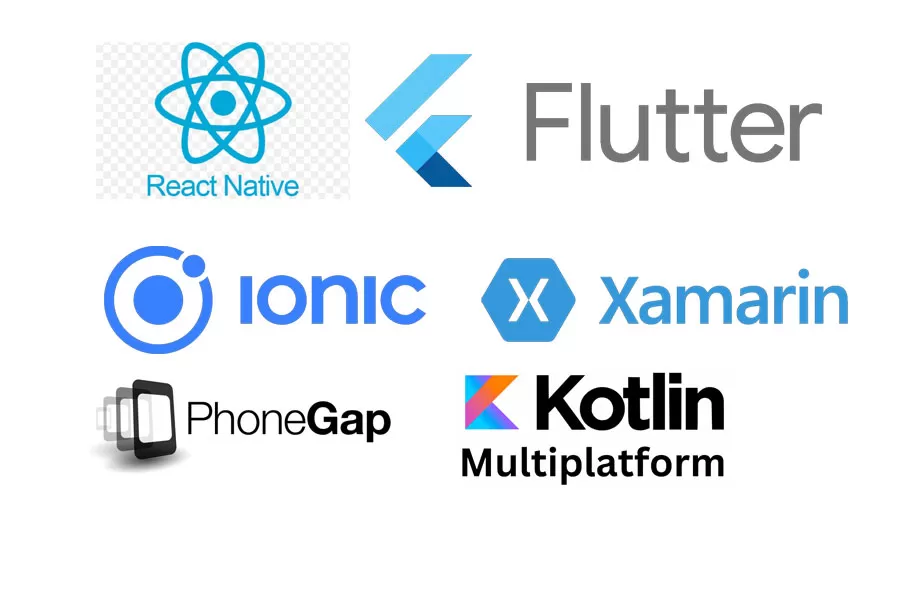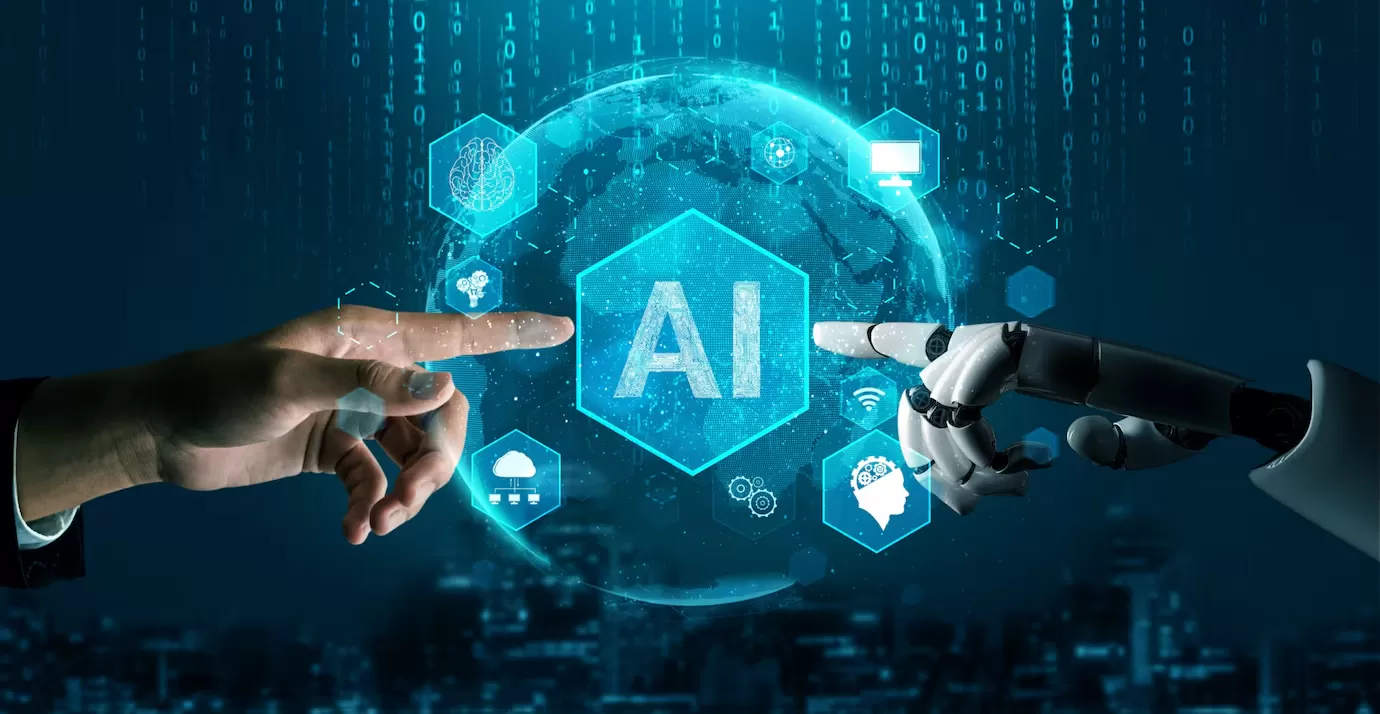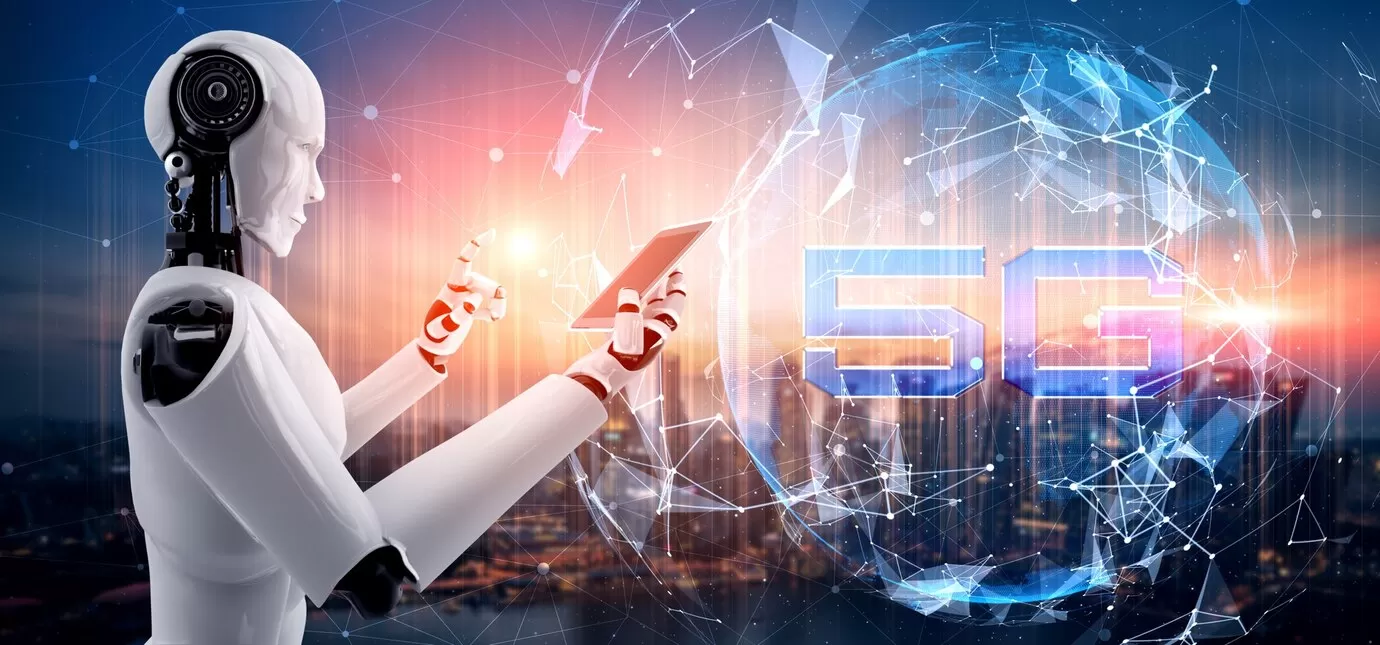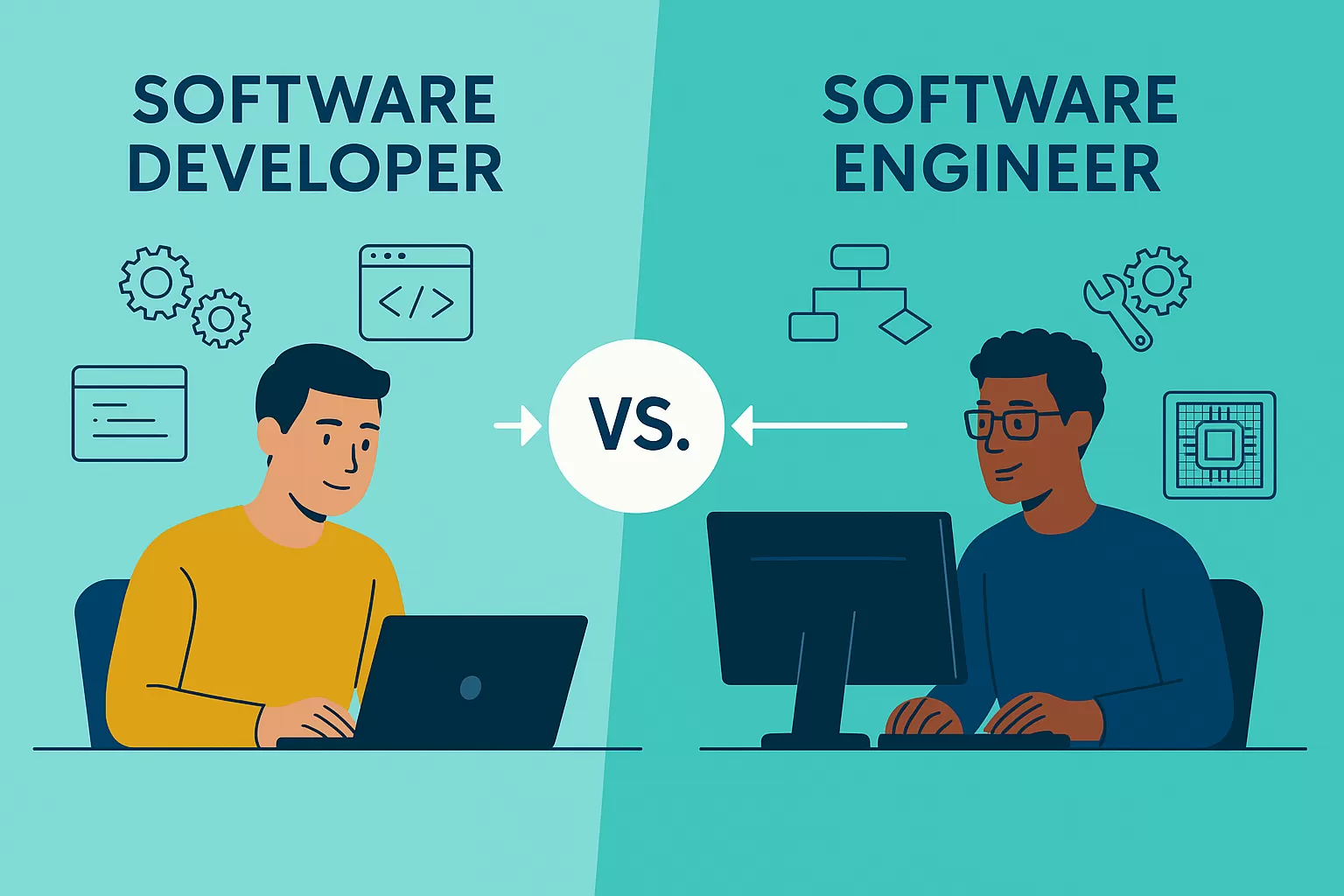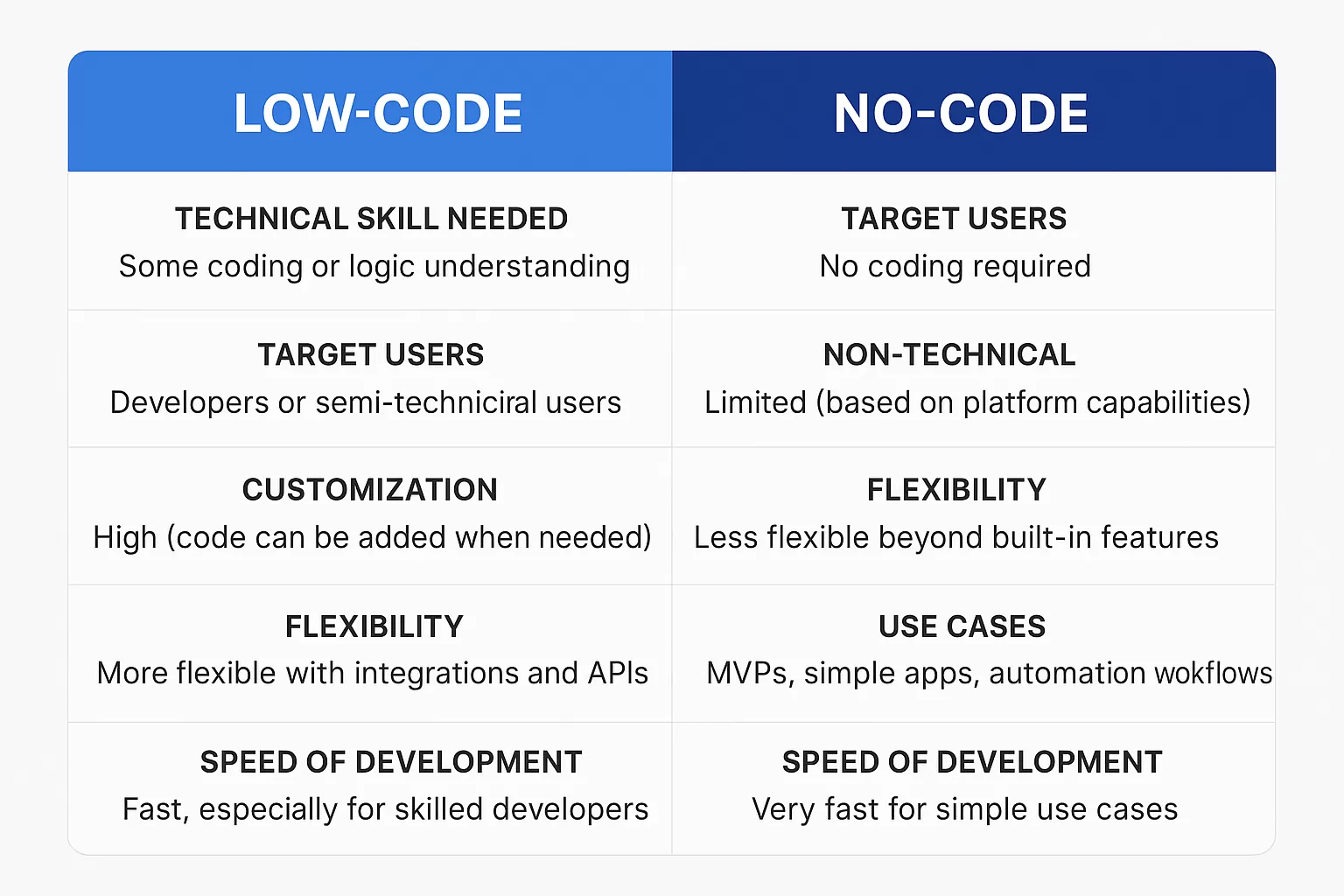Artificial Intelligence (AI) is transforming various industries, and space research and technology are no exception. With the complexities of space exploration, AI provides the tools and capabilities needed to address challenges that humans alone cannot overcome. Whether it’s optimizing spacecraft navigation, analyzing data from distant planets, or predicting space weather, AI is becoming a vital component in advancing our understanding of space and pushing the boundaries of what we can achieve in space exploration.
In this blog, we’ll explore how AI is revolutionizing space research and technology, and how it’s helping scientists and engineers make groundbreaking advancements in the field.
1. Optimizing Spacecraft Navigation and Autonomy
Space exploration missions often require precise navigation and real-time decision-making. In deep space, the delay in communication between Earth and spacecraft due to vast distances makes human intervention difficult. AI is increasingly being used to enable autonomous navigation systems for spacecraft and rovers, allowing them to make critical decisions without waiting for instructions from Earth.
How AI helps:
- Autonomous Spacecraft: AI systems onboard spacecraft can handle navigation, manage flight paths, and adjust to changes in their environment. For instance, AI algorithms can optimize the spacecraft's trajectory, making necessary adjustments without human intervention.
- Rover Exploration: NASA’s Perseverance rover on Mars uses AI to navigate the Martian surface autonomously. AI algorithms help the rover understand its surroundings, avoid obstacles, and make real-time decisions about where to go next, significantly improving exploration efficiency.
- Collision Avoidance: AI is also used for collision detection and avoidance. By analyzing the environment in real time, AI can predict potential collisions with space debris or other objects and make adjustments to avoid them.
Future Impact:
- Improved Mission Efficiency: With autonomous navigation, space missions can become more efficient, reducing the need for constant communication and control from Earth and allowing for more precise data collection and exploration.
- Self-Sustaining Spacecraft: As AI technology advances, future spacecraft could become more self-sustaining, requiring less human intervention and allowing for longer and more complex missions.
2. AI in Space Data Processing and Analysis
The vast amounts of data generated by space missions, satellite observations, and astronomical surveys are difficult to process manually. AI plays a crucial role in handling this massive data influx, analyzing it, and deriving actionable insights.
How AI helps:
- Data Mining and Pattern Recognition: AI algorithms are used to sift through large datasets, identifying patterns and anomalies that would be difficult or impossible for humans to spot. For instance, AI can help identify new exoplanets by analyzing light curves from distant stars.
- Astronomical Image Analysis: AI is being used to process images captured by telescopes and space probes. By using machine learning algorithms, AI can detect celestial bodies, study the structures of galaxies, and analyze phenomena like black holes or supernovae.
- Predicting Celestial Events: AI can also be used to predict celestial events such as solar flares or asteroid impacts. By analyzing historical data, AI can help scientists forecast these events, which is crucial for mission planning and space weather monitoring.
Future Impact:
- Faster Discoveries: AI can process data much faster than human researchers, accelerating the discovery of new celestial bodies, phenomena, or scientific insights.
- Improved Accuracy: With the ability to detect patterns and make predictions with high precision, AI is enhancing the accuracy of scientific models, helping researchers make more reliable predictions about space events.
3. AI for Space Mission Design and Simulation
Space missions are complex and involve multiple variables that need to be taken into account during the planning stage. AI is being used to design, simulate, and optimize space missions before they are launched.
How AI helps:
- Mission Design and Planning: AI algorithms can be used to simulate different mission scenarios and optimize various aspects, such as spacecraft design, mission duration, and fuel requirements. This allows for more cost-effective and successful mission planning.
- Simulating Space Environments: AI is also used to create detailed simulations of space environments. These simulations help engineers understand the impact of space radiation, extreme temperatures, and other environmental factors on spacecraft and equipment.
- Automating Routine Tasks: AI can assist with automating routine tasks, such as system checks, diagnostics, and performance assessments, enabling mission designers and operators to focus on more critical aspects of the mission.
Future Impact:
- Cost-Effective Missions: AI-driven simulations can reduce the cost and time spent on space mission planning, making it more feasible to conduct frequent and ambitious space explorations.
- More Efficient Use of Resources: By optimizing resource usage (such as fuel, time, and crew hours), AI helps maximize mission success while minimizing costs.
4. AI in Space Weather Prediction
Space weather, which includes phenomena like solar flares, cosmic radiation, and geomagnetic storms, can have serious effects on satellite communications, navigation systems, and even power grids on Earth. AI is increasingly being used to predict and model space weather events, enabling better preparedness and protection against their potential impact.
How AI helps:
- Solar Activity Monitoring: AI models are being used to analyze data from solar observatories to predict solar flares and coronal mass ejections (CMEs). This predictive capability helps protect space infrastructure by providing early warnings of potential space weather disruptions.
- Satellite Protection: AI is used to monitor the health of satellites and predict potential damage from space weather events. By analyzing environmental data and satellite performance metrics, AI can forecast which satellites are at risk and trigger protective measures.
- Geomagnetic Storm Prediction: AI also helps predict geomagnetic storms, which can disrupt communication systems and navigation networks on Earth. Accurate prediction models can help mitigate the impact of such events on critical infrastructure.
Future Impact:
- Better Space Infrastructure Protection: AI’s predictive capabilities will allow space agencies to better safeguard satellites and other space infrastructure from damaging space weather, improving the resilience of space-based technologies.
- Informed Decision-Making: With AI-enabled space weather predictions, space agencies and commercial space companies will be able to make more informed decisions about satellite launches, space travel, and satellite maintenance.
5. AI-Assisted Astronaut Assistance and Health Monitoring
Astronauts on long-duration space missions, such as those traveling to Mars or the Moon, face numerous physical and psychological challenges. AI can assist astronauts by monitoring their health, supporting their tasks, and ensuring mission safety.
How AI helps:
- Health Monitoring: AI-powered health monitoring systems can track vital signs, such as heart rate, blood pressure, and oxygen levels, ensuring astronauts remain in optimal health during extended missions. AI can also detect early signs of illness or fatigue and suggest appropriate interventions.
- Virtual Assistants: AI-powered virtual assistants can provide astronauts with real-time assistance, helping them with everyday tasks, mission planning, and troubleshooting equipment. These systems could work similarly to how smart assistants function on Earth, helping astronauts with navigation, research, and maintaining their spacecraft.
- Psychological Support: AI is also being used to monitor astronauts’ mental well-being. Long-duration space missions can be isolating, and AI tools can help track signs of stress, anxiety, or depression, allowing for timely intervention and support.
Future Impact:
- Safer Space Missions: AI’s ability to monitor astronauts' health in real time can improve safety, reduce the risks of health problems, and ensure the crew’s well-being during long-term missions.
- Increased Efficiency: With AI-powered assistance, astronauts can focus more on mission-critical tasks and less on routine operational work, leading to more efficient and productive missions.
6. AI in Space Exploration and Robot-Assisted Discoveries
Exploring distant planets, moons, and asteroids requires highly advanced robotic systems capable of performing complex tasks remotely. AI plays a vital role in enabling robots and rovers to carry out these explorations autonomously.
How AI helps:
- AI-Driven Robotics: AI is used to control robotic systems that explore planets and moons. These robots can collect samples, analyze terrain, and gather scientific data—all autonomously. For example, NASA's Curiosity rover and Perseverance rover use AI to analyze the Martian surface and make decisions about where to explore.
- AI-Assisted Discovery of Extraterrestrial Life: AI is also helping researchers identify potential signs of life beyond Earth. By analyzing chemical signatures, atmospheric compositions, and geological data, AI can help scientists detect life forms or conditions suitable for life in other parts of the universe.
- Astrobiology: AI assists in the field of astrobiology by identifying patterns and clues in the search for microbial life. AI-powered systems analyze data from space probes, looking for signs of life or habitability on distant planets and moons.
Future Impact:
- Autonomous Exploration: AI will enable robots and probes to explore distant environments with increasing autonomy, paving the way for missions that are too dangerous or distant for humans.
- Increased Scientific Knowledge: With AI analyzing data from multiple sources, space agencies will gain deeper insights into the origins of the universe, the potential for life on other planets, and the fundamental nature of space.
Conclusion
AI is becoming a driving force in advancing space research and technology. By enabling autonomous spacecraft navigation, optimizing data processing, predicting space weather, and enhancing astronaut health monitoring, AI is helping push the boundaries of what is possible in space exploration.
As technology continues to evolve, AI will play an increasingly significant role in the future of space missions, offering innovative solutions to some of the most challenging aspects of space research. From robotic exploration of distant planets to safeguarding space infrastructure from harmful solar activity, AI is set to transform the way we explore and understand the cosmos.



